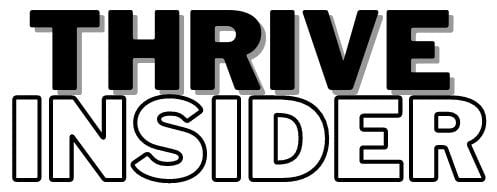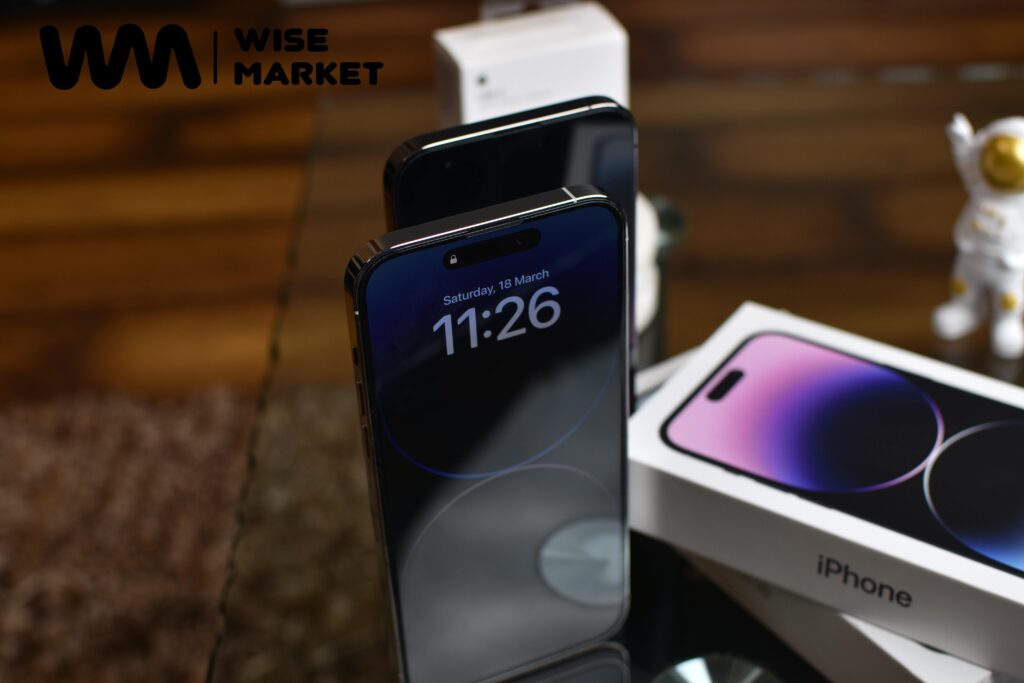The state of Oklahoma offers various programs to assist low-income households in accessing telecommunication services. One such program is the Lifeline Assistance Program, which provides eligible participants with a free government phone and discounted monthly service. This program aims to bridge the digital divide by ensuring that all Oklahomans have access to necessary communication tools.
To qualify for the Lifeline Assistance Program, applicants must meet certain income requirements or participate in specific federal assistance programs such as Medicaid or Supplemental Nutrition Assistance Program (SNAP). The application process involves completing an online form or submitting the required documents via mail or fax. Once approved, participants may choose from a variety of providers offering free phones and discounted plans. In this article, we will explore how to get free government phones in Oklahoma through the Lifeline Assistance Program and highlight some of the key details regarding eligibility criteria, enrollment procedures, and available options.
Understanding The Lifeline Assistance Program
The Lifeline Assistance Program is a government-funded initiative that provides free or discounted phone services to low-income families. This program aims to address the issue of communication barriers faced by many individuals and households who are struggling financially. By providing access to basic phone services, this program benefits those who would otherwise be unable to afford such an essential service.
The impact of the Lifeline Assistance Program on low-income families has been significant. With access to reliable phone services, beneficiaries can now stay in touch with family members and loved ones, seek employment opportunities, make important appointments, and reach emergency services whenever they need it. Furthermore, the fact that these phones come at no cost makes them more accessible for individuals from disadvantaged backgrounds, allowing them to bridge the digital divide and gain greater economic mobility.
Eligibility Criteria For The Program
Imagine a marathon race where all participants must meet certain requirements before they are allowed to compete. Similarly, the Lifeline Assistance Program in Oklahoma has eligibility criteria that applicants must satisfy to qualify for free government smartphones oklahoma. One of the primary conditions is income requirements, which means applicants should have an annual income below or equal to 135% of the federal poverty guideline. For instance, households with one member cannot earn more than $17,226 per year while families with four members cannot exceed an annual income of $35,535.
Apart from meeting income standards, eligible candidates must provide specific documents to verify their identity and address. These include proof of participation in other assistance programs such as food stamps, Medicaid or Supplemental Security Income (SSI), among others. Additionally, qualified individuals can submit documentation like tax returns or pay stubs as proof of their financial status. The program also requires valid photo identification and social security numbers for each household member applying for a free phone service. By satisfying these eligibility criteria and submitting necessary documentation needed by the program, qualified residents can obtain a free cell phone along with monthly voice minutes and texting services without any hassle.
By fulfilling these requirements and submitting essential documents, potential beneficiaries will be able to access this life-altering opportunity provided by Lifeline Assistance Program in no time at all!
Application Process For Free Government Phones
To be eligible for a free government phone in Oklahoma, you must meet certain criteria. First and foremost, you must participate in one of the following programs: Medicaid, Supplemental Nutrition Assistance Program (SNAP), Federal Public Housing Assistance (FPHA), Veterans Pension or Survivor’s Benefit, Bureau of Indian Affairs General Assistance, Tribally-Administered Temporary Assistance for Needy Families (TTANF), Head Start (if income eligibility criteria are met), or Low-Income Home Energy Assistance Program (LIHEAP). Additionally, your household income must be at or below 135% of the federal poverty guidelines.
Documentation requirements vary depending on which program you are participating in that qualifies you for a free government phone. However, common documents required include proof of participation in one of the qualifying programs such as an award letter or benefit statement; proof of identity such as driver’s license or state identification card; and proof of address such as utility bills or lease agreement. It is important to note that failure to provide all necessary documentation can result in delays or denial of application.
Common mistakes made during the application process include submitting incomplete forms, providing incorrect information or missing documentation. To avoid these errors it is recommended that applicants carefully review all instructions provided by their chosen service provider and double-check all information before submission. By meeting eligibility requirements and submitting complete applications with appropriate documentation, individuals in Oklahoma can access free government phones through the Lifeline program to help them stay connected to essential services and resources they need.
Available Providers And Plans
There are several providers that offer free government phones in Oklahoma. One of the most popular providers is Assurance Wireless, which offers a Lifeline program that provides eligible low-income households with a free smartphone and 350 minutes or texts per month. Another provider is Safelink Wireless, which also offers a Lifeline plan that includes unlimited texting and up to 350 minutes per month.
While these programs can be cost-effective alternatives for those who cannot afford traditional phone plans, it is important to note that there may be limitations on service coverage depending on the provider. Some areas may not have adequate signal strength, resulting in dropped calls or poor reception. Before selecting a provider, it is recommended to research their coverage maps and read reviews from current customers to ensure they provide reliable service in your area.
It’s crucial to evaluate all available options before deciding on a free government phone provider as each company has its own specifications regarding services offered and eligibility requirements. Ultimately, choosing the right provider means weighing the pros and cons of each option based on your specific needs while keeping affordability in mind.
Tips For Maximizing The Benefits Of The Program
Having identified the available providers and plans for free government phones in Oklahoma, it is important to consider ways of maximizing the benefits of this program. One way of doing so is by selecting budget-friendly smartphones that come with essential features such as internet connectivity, GPS tracking, and camera functionality. This not only helps to reduce costs but also ensures that beneficiaries can access services such as telemedicine, transportation apps, and online job searches.
However, it is important to note that there are usage limitations for free government phones in Oklahoma. These include restrictions on international calls and data usage limits which may be capped at a certain threshold. Beneficiaries should carefully read the terms and conditions provided by their chosen provider to avoid any additional charges or disqualification from the program. Overall, while free government phones provide an avenue for low-income residents to stay connected with loved ones and access crucial services, careful planning and adherence to guidelines are necessary to maximize its benefits.
Frequently Asked Questions
- What Happens If I Lose Or Damage My Free Government Phone?
Losing or damaging a free government phone can be an unfortunate and inconvenient circumstance for eligible individuals. However, the replacement process is available to those who meet certain eligibility requirements. To ensure that recipients of these phones have access to reliable communication services, there are procedures in place for replacing lost or damaged devices. The specific steps vary depending on the provider, but generally involve contacting customer service and providing proof of eligibility. While it is important to handle the device with care, knowing that replacements are available can provide some peace of mind in case of accidents or misfortunes.
- Can I Transfer My Lifeline Assistance Program Benefits To A Different State?
Eligibility for the Lifeline program varies by state, and beneficiaries are required to recertify their eligibility annually. While it is possible to transfer benefits from one state to another, this process involves contacting both the current and new service providers, as well as filling out paperwork to switch enrollment. Alternatively, those who do not qualify for or cannot access the Lifeline program may consider other options for free or low-cost phone services such as discounted plans offered by major carriers, prepaid phones with minimal fees, or community programs that provide devices and connectivity assistance.
- Are There Any Additional Fees Or Charges Associated With The Free Government Phone Program?
According to a recent report, there are no additional fees or charges associated with the free government phone program. This makes it an affordable option for low-income households who may not have access to traditional mobile plans. However, it is important to note that eligibility requirements and application processes vary by state. In addition, certain types of phones and network coverage may also be limited depending on location. It is recommended that interested individuals research their specific state’s guidelines before applying for the program.
- How Long Does It Typically Take To Receive A Free Government Phone After Applying?
The typical wait time for receiving a free government phone after applying can vary depending on several factors, such as the applicant’s location and the number of applications being processed at that time. However, according to the Federal Communications Commission (FCC), most applicants receive their phones within 2-3 weeks after approval. To expedite the application process, it is recommended that applicants provide accurate and complete information when submitting their applications. Additionally, checking with local service providers or community organizations may provide additional resources or assistance in obtaining a free government phone.
- Can I Apply For More Than One Free Government Phone Through Different Providers?
Like a game of chess, applying for multiple free government phones through different providers requires careful strategy and consideration. While it is technically possible to apply for more than one phone, eligibility criteria may vary between providers and submitting multiple applications can result in disqualification or delay in processing. It’s important to thoroughly research each provider’s requirements before submitting additional applications. Additionally, individuals should ensure they meet the eligibility criteria set forth by each program before pursuing multiple phones. Ultimately, taking the time to thoughtfully evaluate options and qualifications will increase the likelihood of receiving a free government phone without any setbacks or complications.
Conclusion
The Lifeline Assistance Program in Oklahoma provides eligible low-income individuals with free government phones to help them stay connected. Applicants must meet certain criteria, such as participation in a state or federal assistance program or having an income at or below 135% of the Federal Poverty Guidelines. Once approved, applicants can choose from various participating providers to receive their phone.
It is important for applicants to understand that they are responsible for any lost or damaged phones and that transferring benefits to another state may not always be possible. Additionally, while there are no fees associated with obtaining a free government phone, some providers may offer additional services for a fee. Overall, the Lifeline Assistance Program serves as an essential tool for promoting connectivity among those who may otherwise lack access.
For example, let us consider Maria, a single mother living in rural Oklahoma who relies on public transportation and struggles to make ends meet due to her limited income. Thanks to the Lifeline Assistance Program, she was able to obtain a free government phone which allows her to communicate with potential employers and schedule necessary medical appointments without worrying about costly phone bills. The program has helped Maria feel more secure and empowered by providing her with an essential tool for success.







More Stories
Zach Atherton: The Improv Entrepreneur Reshaping Comedy with Dry Bar Unscripted
Rudy Ruiz’s Valley of Shadows: A Halloween-Ready Masterpiece of Horror and Crime
Celebrities Sporting Pom-Pom Hats: A Fun and Fashionable Winter Trend